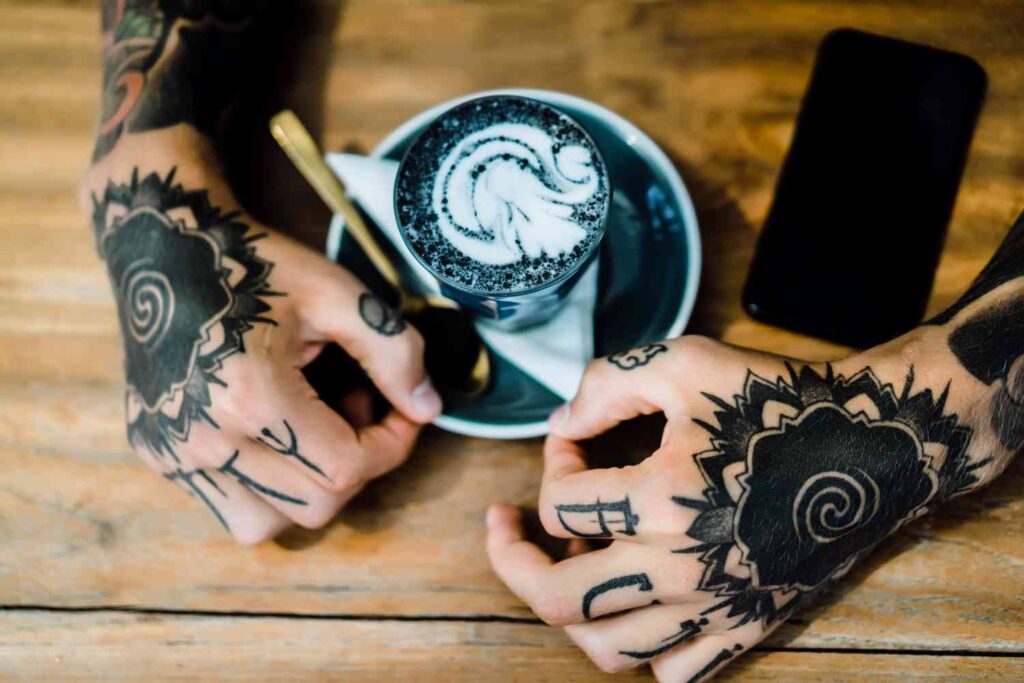Tattoos have been used for centuries by various cultures for different purposes. From being used as a symbol of status to being used as a form of punishment, tattoos have a rich and fascinating history that dates back thousands of years.
The word “tattoo” comes from the Tahitian word “tatau,” which means “to mark.” The practice of tattooing was widespread throughout Polynesia and other Pacific islands, where tattoos were seen as a sign of strength, courage, and masculinity. Tattooing was also prevalent in ancient Japan, where it was used as a form of punishment for criminals.
In the Western world, tattoos have been around since the time of the ancient Greeks and Romans. However, tattoos were not popularized in Europe until the 18th century, when sailors and explorers brought back stories of tattooed natives from their travels.
In the early 20th century, tattoos became associated with the criminal underworld, and they were outlawed in many countries. However, tattoos regained popularity in the 1960s and 1970s, thanks to the counterculture movement and the rise of rock and roll.
Today, tattoos are more popular than ever, and they are no longer associated with criminality or rebellion. People from all walks of life get tattoos for a variety of reasons, including self-expression, commemoration, and as a form of art.
The history of tattoos and body art is a fascinating subject, and it’s a topic that can provide a wealth of material for blog posts. Whether you’re interested in exploring the cultural significance of tattoos or the latest trends in tattoo design, there’s no shortage of ideas for engaging and informative blog posts.
From the Earliest Rituals From Ancient Rituals Modern Masterpieces: A Deep In-depth Study of Tattoo History
Tattoos, which are permanent inks on our skins aren’t just fashion-forward ornaments. They’re chronicles that tell stories of culture as well as personal expression or even defiance. Their travels through history are just as captivating as the intricate designs, which span the globe, cultures and many artistic developments. We’ll dive into the fascinating world of tattoos, studying the development of tattoos, from the traditional rituals to the most recent artworks.
The Dawn of Ink A Whisper from the Past
The earliest evidence of tattoos is found to be 5,300 years old. This includes Otzi the Iceman, a mummy frozen in time wearing 61 elaborate designs a record of time from the historical. Tattoos from the beginning served many reasons, from symbols of religion that were used in the past of Egypt to elaborate tribal designs to signify status and lineage in Polynesian warriors. In the Americas, Indigenous cultures utilized tattoos for religious connection as well as healing ceremonies, as well as for social status.
Across the Globe: A Tapestry of Traditions
Over time tattoos grew in popularity all over the world, with each place leaving a distinct signature. The Japanese took to wearing elaborate suits that depicted mythical creatures and deities as did the Maori people from New Zealand used moko, intricate tattoos on their faces, to convey stories about their heritage and their social status. Also, Europe experienced its own Renaissance, where the soldiers and sailors who returned from a trip abroad sported photos from their trips etched on their skin. Tattoos of the past served as badges of honour, cultural identification of honour, or even symbols of protection.
Beyond Borders: Ink as a Catalyst for Change
Tattoos are constantly evolving to adapt to evolving trends and ideas. The 20th century was when they were a part of the counterculture movement that saw rockers and bikers with pride displaying bold images that resisted the norms of society. Their association with rebellion, as well as individuality, was a constant source of inspiration for the ink scene during the latter 20th and 21st centuries as punk rock and hip-hop added to the link between tattoos and self-expression.
The Rise of Modern Masters: A New Era of Expression
Nowadays, tattoos have shed their subversive appearance and overcome social boundaries. From soft watercolour flower arrangements to stunning portraits been able to be a potent tool of expression, expressing individuality and preserving precious moments. Due to the growth of social media and celebrity influence, tattoo art has taken on new levels and talented artists are pushing the boundaries of technique as well as designs. From realistic portraits to intricate geometric designs, The possibilities are endless.
The Future of Ink: A Canvas Unfolding
With the advancement of technology and how creative styles develop The future of tattoos will be more exciting. Consider 3D tattoos that appear to appear to leap from the skin as well as interactive designs that react to the touch of light or even touch. Innovative techniques and biocompatible inks will revolutionize the experience of tattoos making the art much more accessible and personal.
More Than Just Ink: A Legacy Engraved in Skin
Tattoos go beyond visual choices. They’re also glimpses into our past cultural, and personal stories. They’re a permanent reminder of who we are, what we’re from and the values we cherish. When you are struck by a tattoo take a moment to not only admire the art and take time to think about the tale the tattoo conveys. Because within these intricate lines and dazzling colours lies an intriguing trip through the ages, cultures as well as self-expression.

